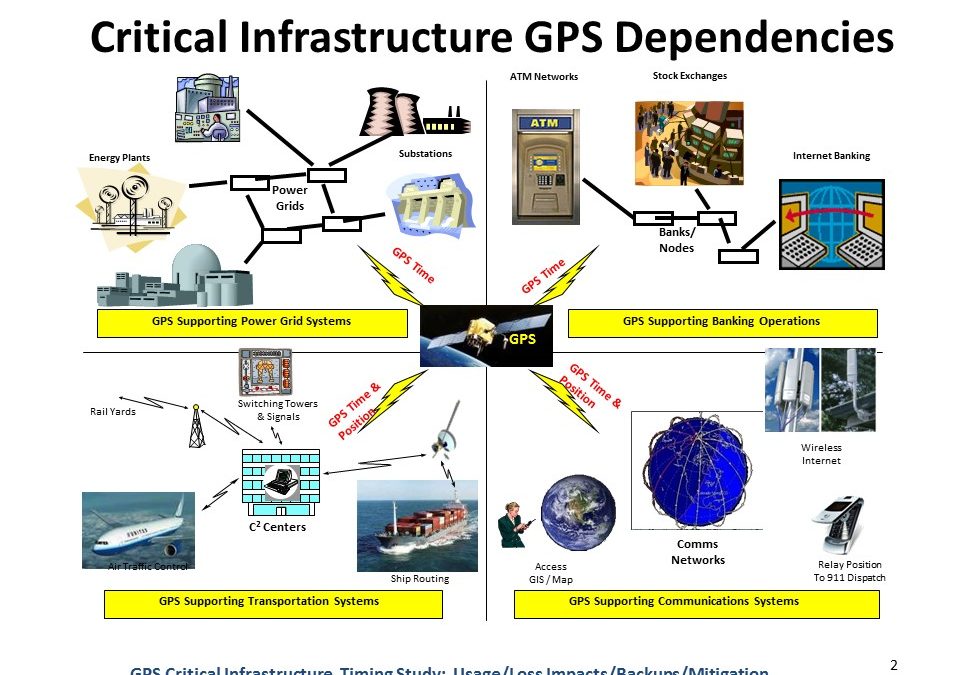Image: Department of Homeland Security
Blog Editor’s Note: A good opinion piece by the CEO at NextNav. We have to agree with almost all the ideas expressed in the article.
The author does say:
“It’s promising that policymakers, infrastructure owners, and businesses are recognizing the importance of alternatives to GPS, and are exploring options for PNT technologies to address vulnerabilities and effectively access location information.”
We very much hope that is the case.

Need for Resilient Position, Navigation, Timing Services


